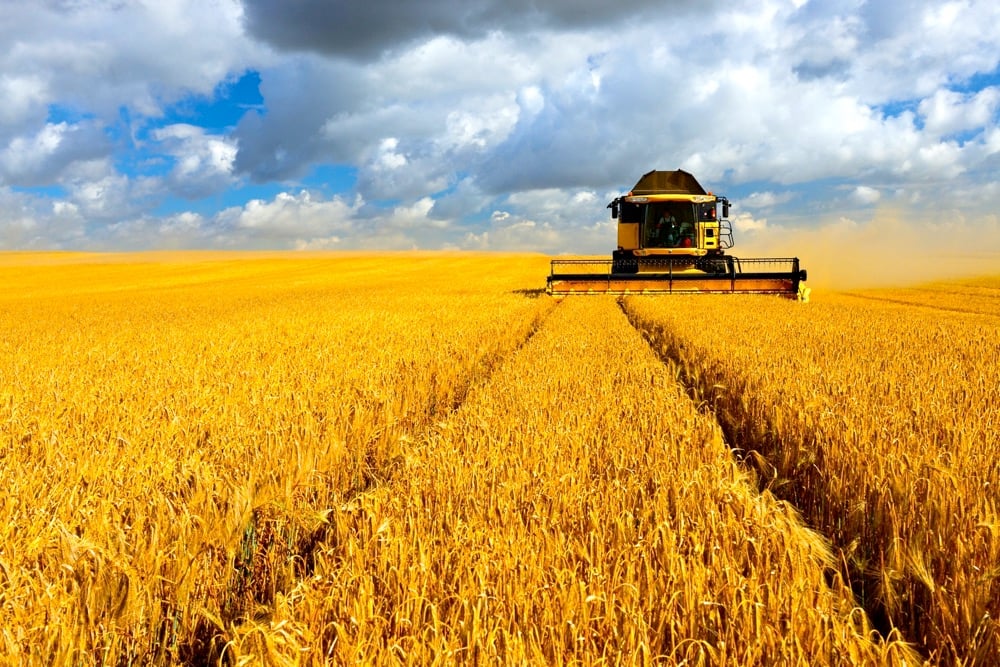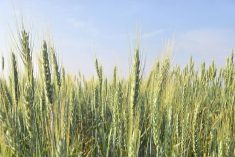It’s not the same as 2011, when overland flooding washed out hundreds of thousands of acres in southwestern Manitoba, but Fred Greig said the amount of water on his land now is shocking.
“It’s as wet as we’ve ever seen it,” said Greig, who grows winter wheat, spring wheat, barley, flax, peas, soybeans and canola near Reston, Man.
In the third week of June a massive storm dumped 125 to 150 millimetres of rain on Reston and other parts of southwestern Manitoba. A few days later, June 25, another 100 mm of rain fell on the area.
Read Also

Canadian crop production revised mostly higher from August
Canadian grain and oilseed production in 2025/26 was likely larger than earlier expectations, as warm temperatures and increased precipitation across the Prairies in August helped crop development, according to updated estimates from Statistics Canada released Sept. 17.
In total, southwestern Manitoba received an estimated 150 to 250 mm of rain in a matter of days, flooding fields and marinating crops.
Andrea Arbuckle, Manitoba Agriculture farm production adviser in nearby Virden, said sizable ponds have formed on fields.
“There is lots of overland flooding,” she said. “It (the water) is moving and going down but there will be some detrimental impact to the crop that was standing in water for a day or two or more.”
In 2011, frequent and heavy rains in May and June caused extreme overland flooding in southwestern Manitoba. Hundreds of fields were too wet for planting and a record 2.9 million acres of cropland went unseeded in the province.
That year Greig seeded a fraction of his 5,300 acres, so he’s grateful for small blessings.
“We’re pretty happy at least we got it (the crop) in,” he said. “Remarkably, the earlier seeded stuff that was a little more mature seems to be hanging on OK.”
Greig’s cereal crops are faring well with the moisture but his flax may be a writeoff.
“It was sown in early June and it’s yellowed right up. It’s not going to perform,” said Greig, a seed grower who runs Avondale Seed Farm.
After touring the region, Arbuckle said there are fields where the standing water has caused or will soon cause significant damage to corn and other crops.
“Corn doesn’t like to have wet feet. It needs moisture but it doesn’t like to be standing in water,” she said.
“(But) with the extreme amount of water that has been on the fields, any crop (type) it will be hard for it to get through extended periods of standing water.”
Greig continues to hope that his crops could bounce back. Yet, after a delayed start to seeding and 225 mm of rain in late June, a best-case scenario is likely an average crop.
Looking beyond his farm, Greig said producers from the Trans-Canada highway near Virden and down to the U.S. border are coping with overland flooding.
“It’s a quite a large area.”















